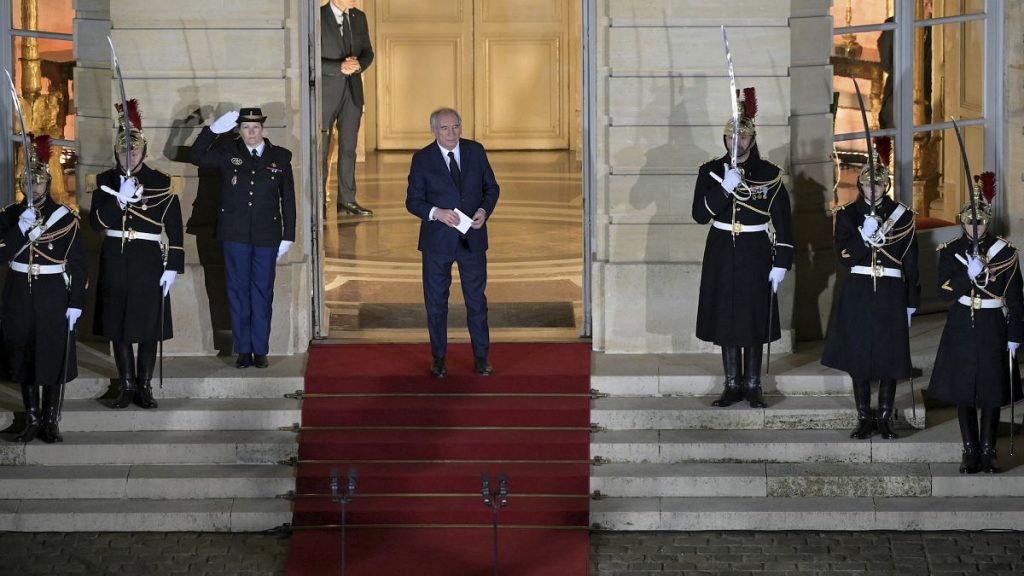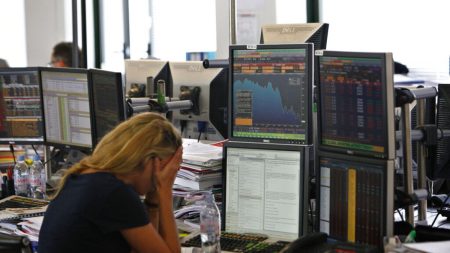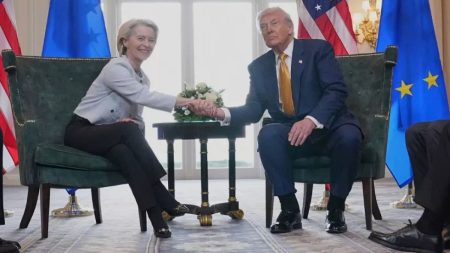The Euro’s Struggle Amidst Political and Economic Headwinds
The euro has been facing significant downward pressure against the dollar, particularly since Donald Trump’s victory in the US presidential election. This decline reached a two-year low in November, exacerbated by a contraction in the eurozone’s services sector. The backdrop to this currency weakness is a complex interplay of political and economic challenges, both within Europe and on the global stage. European equity markets have reflected these concerns, with major indices like the German DAX and French CAC 40 experiencing declines, contrasting with the relative strength of US markets. This divergence highlights the specific pressures facing the European economy.
A key factor contributing to the euro’s vulnerability is the political instability within several major European economies. Germany, the eurozone’s largest economy, faces fresh elections following a loss of confidence in Chancellor Olaf Scholz’s government. This political uncertainty adds to existing economic concerns and creates a challenging environment for businesses and investors. In France, while a government shutdown has been averted for the time being, the absence of a comprehensive budget plan continues to raise concerns about the country’s fiscal health and political stability. These internal political struggles distract from addressing the broader economic challenges facing the eurozone.
Compounding the political uncertainty are growing concerns about the eurozone’s economic outlook. Manufacturing activity in both Germany and France has weakened, signaling a deepening recession in the sector. This downturn is attributed to a combination of political instability and weak global demand, further exacerbated by disappointing economic data from China, a major trading partner for Europe. Consumer and energy stocks have been particularly hard hit, reflecting the broader anxieties about the economic future. The combination of political and economic headwinds creates a challenging environment for the euro, making it vulnerable to further declines.
Despite the gloomy economic outlook, the European Central Bank (ECB) has signaled its willingness to continue cutting interest rates to stimulate growth. ECB President Christine Lagarde has indicated that further rate cuts are likely if incoming data confirms the bank’s baseline forecast. This dovish stance reflects the ECB’s concern about the eurozone’s economic prospects and its commitment to using monetary policy tools to support growth. However, Lagarde also acknowledged the potential negative impact of protectionist trade policies, particularly on European manufacturers. This highlights the vulnerability of the eurozone economy to external factors, including trade tensions with the US.
The market reaction to the ECB’s announcements has been mixed. While the euro initially saw a slight uptick against the dollar, it subsequently retreated. This volatility underscores the uncertainty surrounding the euro’s future trajectory. While interest rate cuts can stimulate economic activity, they can also put downward pressure on a currency. Furthermore, the effectiveness of monetary policy in the current environment is debated, as other factors, such as political instability and global trade tensions, also play a significant role. The interplay of these various factors makes predicting the euro’s future path complex.
Market analysts offer differing perspectives on the euro’s future prospects. Some predict further declines, potentially reaching parity with the dollar. The rationale behind this view is based on the confluence of negative factors weighing on the eurozone economy, including political instability, weak economic data, and the potential for further interest rate cuts by the ECB. Other analysts hold a more optimistic view, suggesting that the euro could stabilize or even recover if the political and economic situation improves. This more bullish perspective hinges on the possibility of a resolution to political uncertainties and a rebound in global economic growth which will help improve Europe’s economic standing as well. The divergence in these views reflects the considerable uncertainty surrounding the euro’s future and the complexity of the factors influencing its value.














